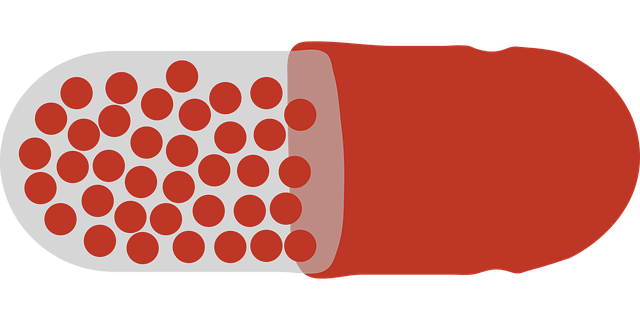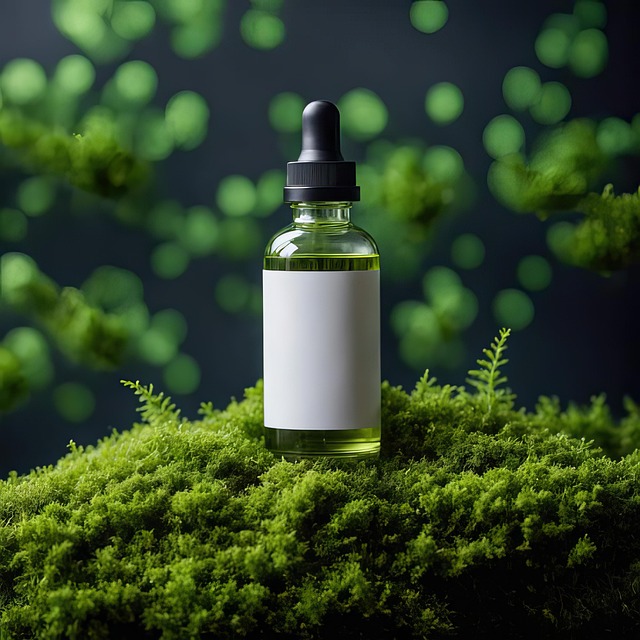Termites adapt to diverse climates with distinct species and behaviors. Effective termite treatment involves understanding local issues, conducting regular inspections, and employing multiple methods like termiticides, physical barriers, and biological control. Evaluating risk factors, such as wood-soil contact and poor drainage, guides prevention strategies. Eco-friendly approaches, including habitat modification and natural repellents, gain popularity. Chemical termiticides offer powerful solutions with various application types. Professional expertise is vital for tailored treatments, early detection, and sustained protection against termite infestations. Homeowners should dispel myths about termites and consult licensed professionals for suitable termite treatment plans based on inspection findings.
In the face of persistent termite problems, effective local termite control is paramount for homeowners and businesses alike. This comprehensive guide delves into the intricate world of termite treatment, offering insights on understanding local species, assessing risk factors, and choosing the right strategy. From non-chemical prevention methods to the efficacy of termiticides and the value of professional expertise, we explore every aspect of termite control. Discover how to protect your property and safeguard against these relentless pests with our expert advice on termite treatment.
Understanding Local Termite Problems

Termites are a widespread pest issue, and their presence can be particularly prevalent in local areas with suitable climates for their survival. Understanding the specific type of termites infesting your region is key to effective termite treatment. Different species have unique behaviors and feeding patterns, which influence the extent of damage they cause. For instance, drywood termites are common in warmer zones, often found in wooden structures, while subterranean termites require moist soil conditions and can infiltrate homes from below.
Identifying local termite problems involves recognizing these variations among species and their habits. This knowledge allows homeowners and professionals alike to implement tailored prevention measures and choose the most suitable termite treatment options. Regular inspections are crucial for early detection, as prompt action can significantly minimize the impact of an infestation.
Types of Termite Treatment Options

When it comes to local termite control, there are several effective termite treatment options available. One common approach is termiticide applications, where chemicals are directly applied to the affected areas or around structures to eliminate termites. These products can be in the form of liquids, powders, or baits, offering targeted and long-lasting protection.
Another popular method is physical barriers, such as metal or plastic membranes placed around foundations. This termite treatment option acts as a deterrent by preventing termites from gaining access to wooden elements. Additionally, biological control methods utilize natural predators like fungi or nematodes to target and reduce termite populations, providing an eco-friendly solution for local termite control.
Evaluating Your Property's Risk Factors

When it comes to local termite control, evaluating your property’s risk factors is a crucial first step. Termites are attracted to certain elements that make your home vulnerable, such as wood in contact with soil, poor drainage near foundations, and cracks or crevices in walls or floors. A professional inspection can identify these hidden dangers, providing the basis for effective termite treatment.
By understanding the specific risk factors associated with your property, you can make informed decisions about prevention and control measures. Regular treatments like barrier applications and baiting systems are common strategies to protect against termites. These methods disrupt termite activity by interfering with their communication and nutrition, ultimately safeguarding your home or business from destructive infestations.
Non-Chemical Strategies for Prevention

Non-chemical strategies for preventing termites are gaining popularity as eco-friendly alternatives to traditional termite treatment. These methods focus on eliminating conditions that attract termites and disrupting their life cycle, rather than relying solely on pesticides. One effective approach is physical exclusion, which involves sealing entry points and gaps in walls, foundations, and other areas where termites might gain access. This can be achieved using materials like steel wool, caulk, or metal mesh to create a barrier against these insects.
Another non-chemical strategy is modification of the termite habitat. Termites thrive in moist environments, so reducing moisture levels around your home can deter them. Proper drainage, fixing leaks, and ensuring adequate ventilation can make your property less appealing to termites. Additionally, using wood treatments that are resistant to decay or applying natural repellents like citrus oils or neem oil can further enhance termite prevention efforts without resorting to chemical interventions.
Chemical Termiticides: How They Work

Chemical Termiticides: Unveiling Their Effectiveness in Termite Treatment
Termiticides are chemical compounds specifically designed to control and eliminate termite populations. These substances work by targeting the nervous systems of termites, which differs from many other insecticides. When applied correctly, termiticides create a protective barrier around structures, disrupting the termites’ navigation system and communication networks, ultimately leading to colony disruption and death.
There are various types of termiticides available, each with unique properties and modes of action. Some are fast-acting, providing immediate relief, while others are slow-release formulas that offer long-lasting protection. These chemicals can be applied in different forms, such as liquids, powders, or baits, making them versatile for various termite treatment methods. Effective termite treatment often involves a combination of these strategies to ensure a thorough and sustainable solution.
Local Expertise: The Role of Professional Services

Local expertise plays a crucial role in effective termite control, making professional services an indispensable asset for homeowners and businesses alike. Termites are intricate pests with complex behaviors that vary by species and region. What works in one area might not be as effective in another due to their unique adaptations to local environments. Professional termite treatment providers stay updated on these regional variations, ensuring tailored strategies for specific termite types prevalent in your area.
By employing local experts, you benefit from their profound knowledge of the nearby ecosystem and termite behavior patterns. They can identify signs of an infestation early on, employ targeted treatments, and prevent future invasions more efficiently than general practitioners. These professionals use eco-friendly methods and advanced technology to deliver tailored solutions, ensuring your property is protected without causing harm to the local environment.
Post-Treatment Care and Maintenance

After a successful termite treatment, proper post-care and maintenance are essential to ensure your property remains protected. This includes regular inspections, as even after treatment, termites can still be active nearby. Professional pest control services recommend scheduling periodic assessments to identify any signs of termite activity or damage.
Maintenance involves keeping your home in good repair, sealing entry points, and maintaining proper drainage around the building. Reducing moisture levels inside and outside the property is crucial, as termites are attracted to damp environments. Regular cleaning and sanitation also help eliminate food sources that might attract these pests. Remember, consistent vigilance and proactive measures are key to long-term termite control.
Common Misconceptions About Termite Control

Many homeowners hold onto several misconceptions about termite control, which can hinder their protection against these relentless insects. One common belief is that termites only live in damp environments, ignoring the fact that modern construction methods have led to more wood-based materials used indoors, creating ideal conditions for termites. This misconception often delays necessary termite treatment.
Another widespread idea is that a visible swarm means an infestation is severe, prompting hasty action. However, termites often establish colonies quietly over years, and visible swarms might indicate a mature colony but not necessarily a new or extensive invasion. Termite control strategies should be tailored to each unique situation, focusing on prevention, early detection, and targeted treatments rather than relying solely on the sight of a swarm.
Choosing the Right Plan for Your Home or Business

When it comes to protecting your home or business from termites, choosing the right termite treatment plan is paramount. The first step involves assessing the severity of the infestation and the size of your property. Professional pest control experts can perform detailed inspections to identify entry points and active colonies. Based on these findings, they’ll recommend tailored solutions like baiting systems, soil treatments, or targeted applications that specifically target termites without causing harm to the environment.
Consider factors such as climate, local termite species, and structural materials when selecting a plan. For instance, wooden structures in regions with high moisture levels may require different treatment methods compared to brick buildings in drier areas. Consulting with licensed professionals ensures you receive effective, safe, and environmentally conscious termite treatment options suited to your unique circumstances.
